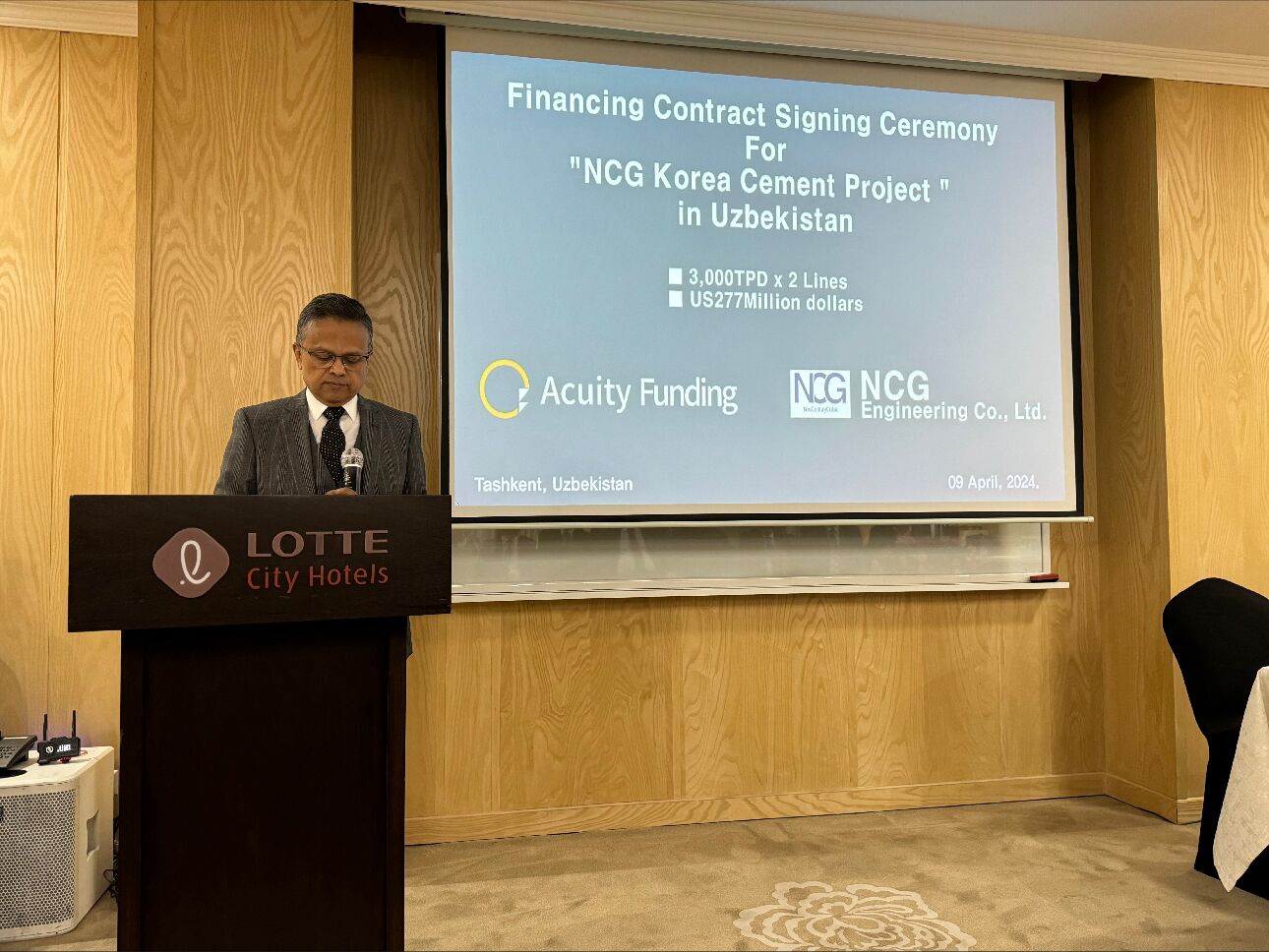Australia is facing an affordable housing crisis and the Federal and State Governments are looking for ways to increase housing supply. One solution is the build-to-rent model, traditionally popular in markets like Japan and now taking hold in Australian capital cities.
By Jacquelene Pearson
Since COVID restrictions were lifted in 2022, investors have been grappling with high inflation and rising interest rates. As such, ‘safe havens’ have grown in popularity and some sub-sets of the residential property market that have traditionally been more common in Southeast Asia are suddenly gaining popularity in Australia.
Built-to-rent residential projects are the obvious example. The 2022 edition of the Demographia International Housing Affordability Report listed Australia as having among the world’s worst housing affordability. Hong Kong is the world’s least affordable home market but that’s followed in second place by Sydney. Melbourne was ranked fifth.
Australia continues to attract substantial inflows of immigrants and that means ongoing strong demand for apartment accommodation in the major cities. Most migrants rent as a first step into living in a new country. That means demand for capital city apartments remains strong.
After over a decade of stable, low interest rates, the Reserve Bank of Australia has, since May 2022, raised the official cash rate 12 times across 16 months, taking it from the record low of 0.1% up to the current 4.1% which has been stable since June.

Higher rates, the impacts of inflation on construction supplies, and skilled labour shortages, are some of the factors that have contributed to tight supply of apartments in Australian capital cities. These market conditions appear to be highlighting the benefits of build-to-rent projects.
The sudden popularity of build-to-rent appears predicated on a shift in attitudes about housing in Australia. The affordability crisis has resulted in a broader acceptance that the “great Australian dream” of home ownership has become permanently out of reach of many.
The next-best option is security of accommodation as a tenant. Build-to-rent appears to be the answer as it makes long-term leases and stable rents more likely. It also gives the tenant more freedom to decorate, paint and make themselves permanently at home.
If demand for stable rental accommodation is one main driver of build-to-rent projects the other is that it is attractive to international investors who see Australia’s housing crisis as an investment opportunity.
In Asia, build-to-rent is usually known as multi-family residential property development or private rental development. It is traditionally popular with young professionals who prefer city apartment living and want high-quality accommodation but cannot afford to buy.
Residents are willing to sacrifice private living space for glamorous shared facilities such as communal gyms, dining rooms and co-working hubs.
In 2021, global investors placed over $US130 billion in build-to-rent. COVID lockdowns did challenge the sector across the world as working-from-home meant renters were suddenly looking for more living space, not less, and many young professionals moved home with their parents.
The long-term outlook for the sector appears strong, however. Urbanisation is likely to continue in the world’s major cities. Migration will continue to have upward pressure on residential property prices. Build-to-rent should, therefore, have ongoing appeal for renters, developers and investors.
Acuity can provide funding for your build-to-rent project. Contact us to find out more about our funding options.
Jacquelene Pearson is Acuity’s content editor








